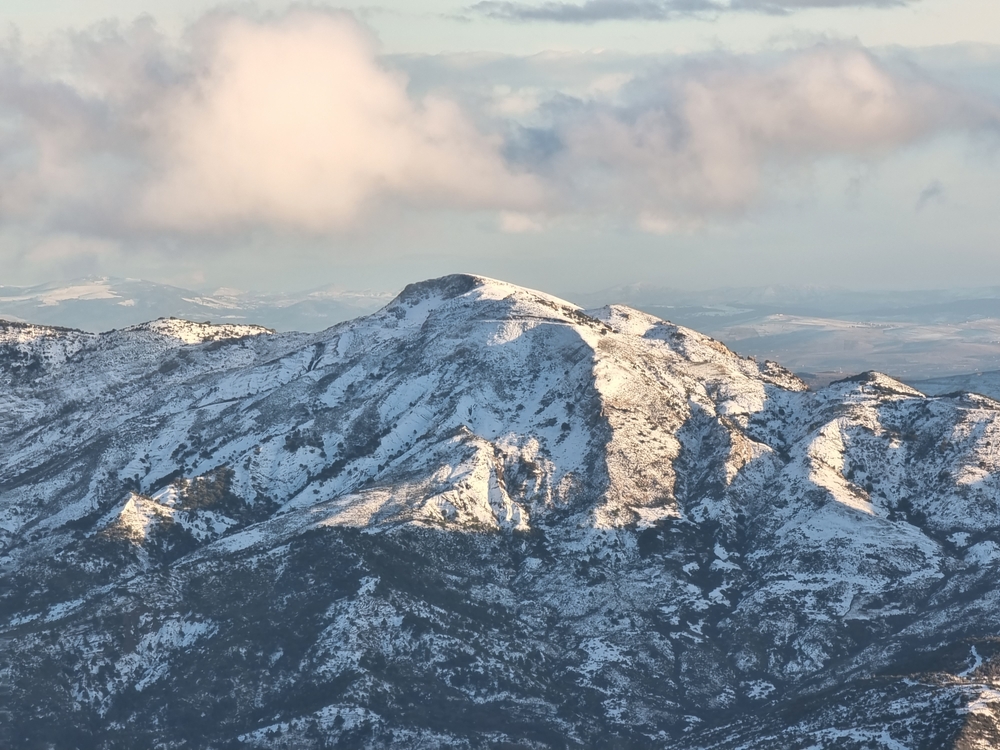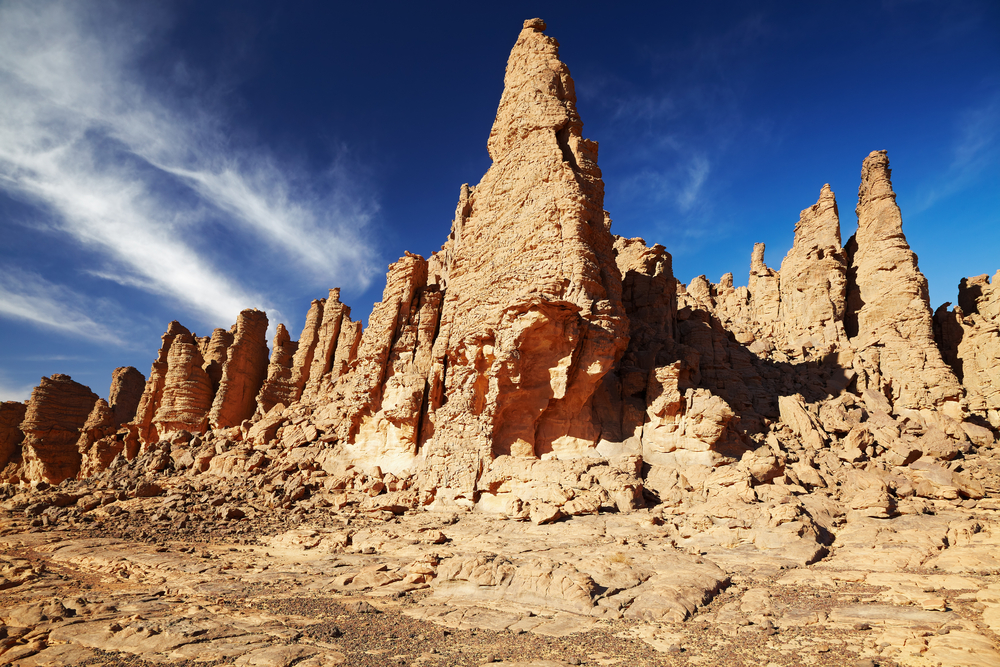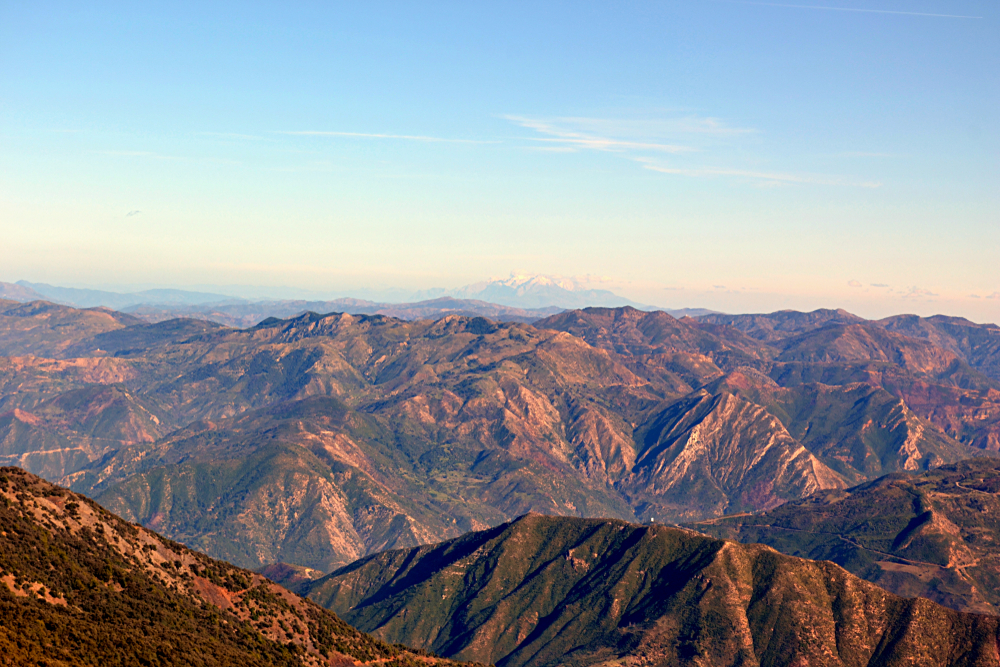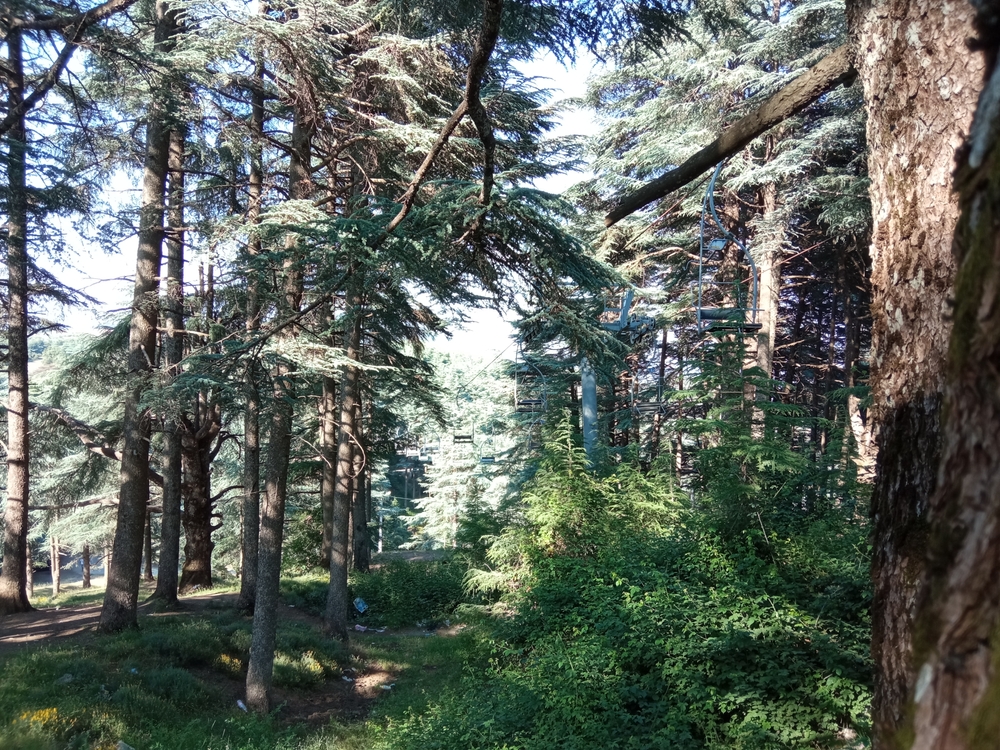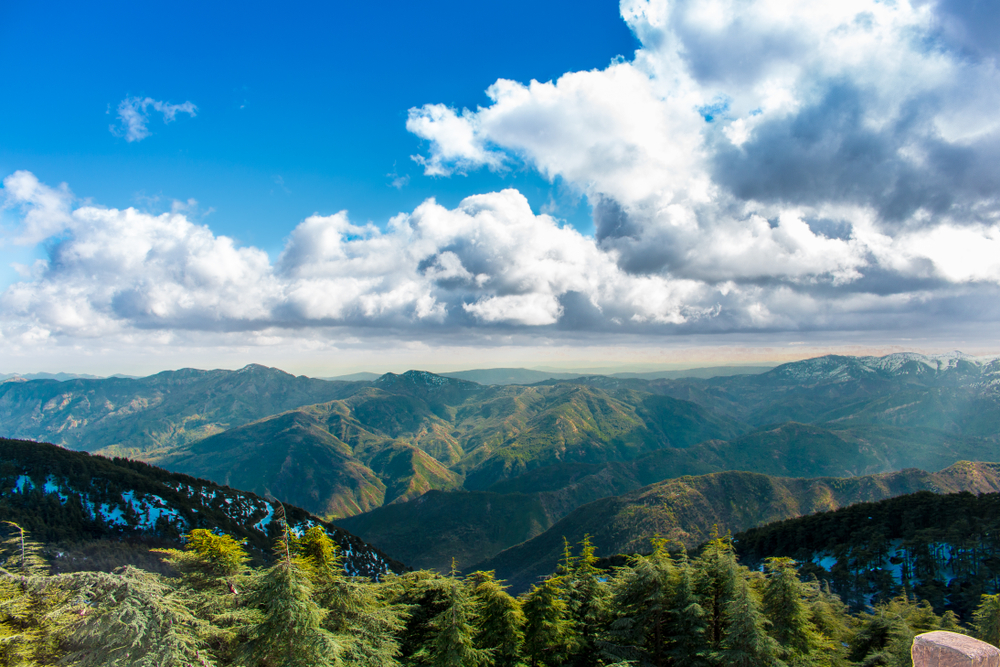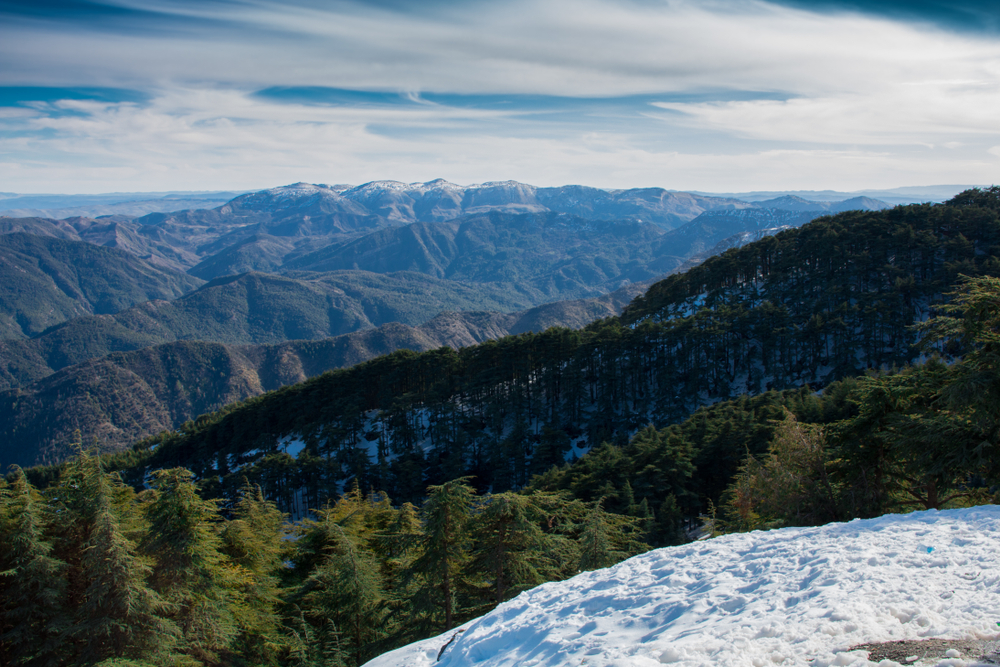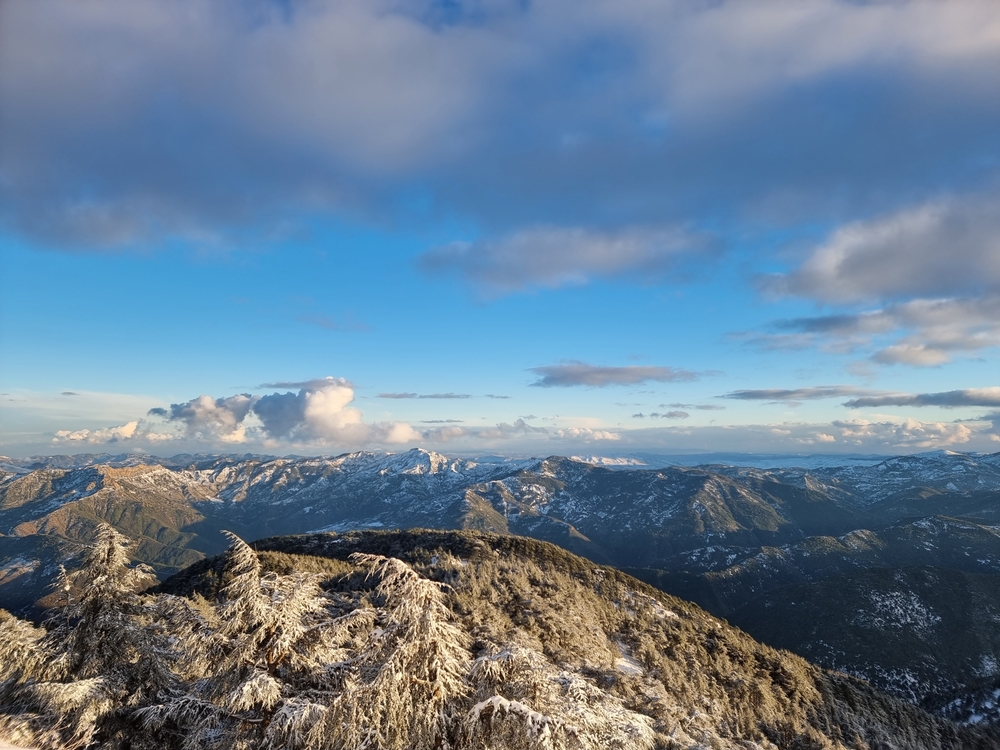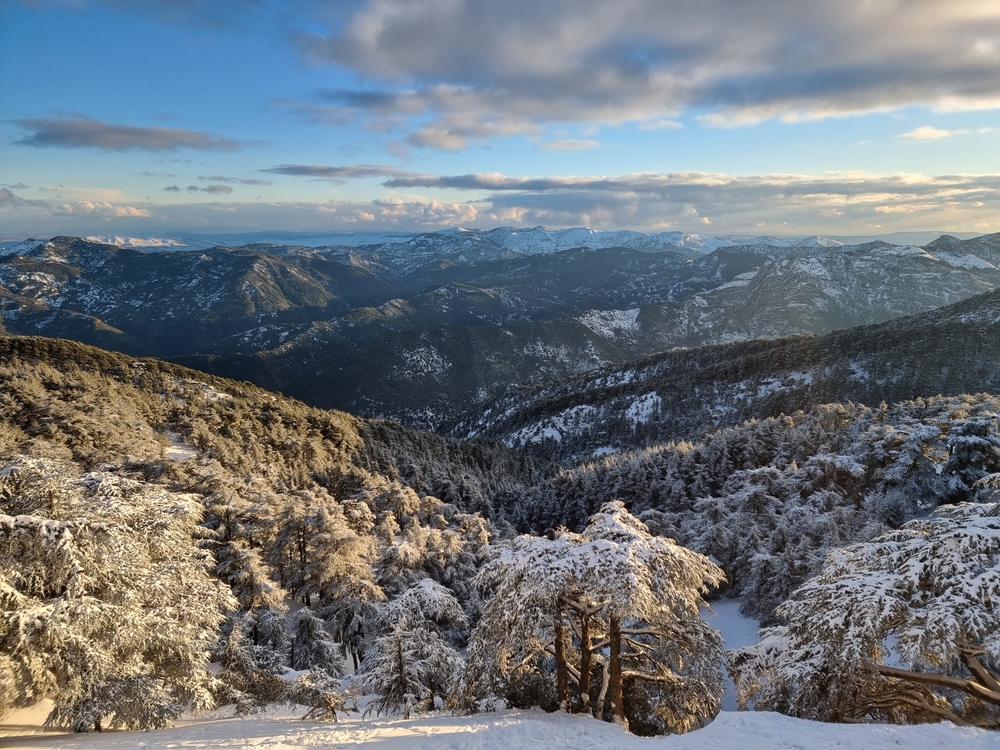Chréa Overview
Chréa National Park is located in northern Algeria, within the Blida Province, about 35 miles (56 kilometers) southwest of the capital, Algiers. Established in 1983, the park covers an area of approximately 102 square miles (265 square kilometers) and is part of the Tell Atlas Mountains. Known for its mountainous landscapes and rich biodiversity, Chréa is a popular destination for outdoor enthusiasts and nature lovers.
The landscape of Chréa National Park is dominated by the rugged terrain of the Blidean Atlas, a subrange of the Tell Atlas Mountains. The park features steep slopes, deep valleys, and high peaks, some of which rise to over 6,500 feet (2,000 meters). During winter, Chréa is one of the few places in Algeria where snowfall is common, attracting visitors to its small ski resort. The park also boasts scenic views of the Mediterranean coastline from higher elevations, making it a diverse natural area for exploration.
The vegetation in Chréa National Park is a mix of Mediterranean and alpine flora. The park is famous for its dense forests, particularly its groves of Atlas cedar trees, which are a key feature of the landscape. Other dominant tree species include oak, pine, and juniper, alongside a rich variety of shrubs and flowering plants. The varied vegetation supports numerous ecosystems, from dry Mediterranean woodlands to more temperate forest zones at higher altitudes.
The wildlife in Chréa National Park is diverse, with several species of mammals, birds, and reptiles. Notable species include the Barbary macaque, one of the last remaining populations of wild monkeys in North Africa, and wild boar. Birdlife is abundant, with species like eagles, hawks, and owls commonly sighted. Chréa’s rich biodiversity, stunning landscapes, and proximity to Algiers make it an important conservation area and a popular natural retreat
Park Map
Chréa National Park Highlights
Engaging Chrea National Park
Related National Parks More Algeria
Sources
- Algeria, Chrea National Park, https://www.algeria.com/attractions/national-parks/chrea-national-park/, retrieved August 2024.
- Africa Tour Operators, Chrea National Park, https://www.africatouroperators.org/algeria/chrea-national-park/, retrieved August 2024.
- Archiqoo, Chrea National Park, https://archiqoo.com/categories/nature_reserves_sub_lists.php?subsite=chrea_national_park, retrieved August 2024.
- Wikipedia, Chrea National Park, https://en.wikipedia.org/wiki/Chr%C3%A9a_National_Park, retrieved August 2024.








































































